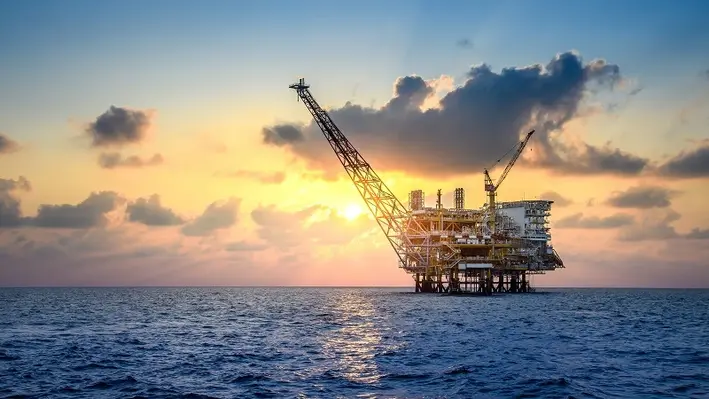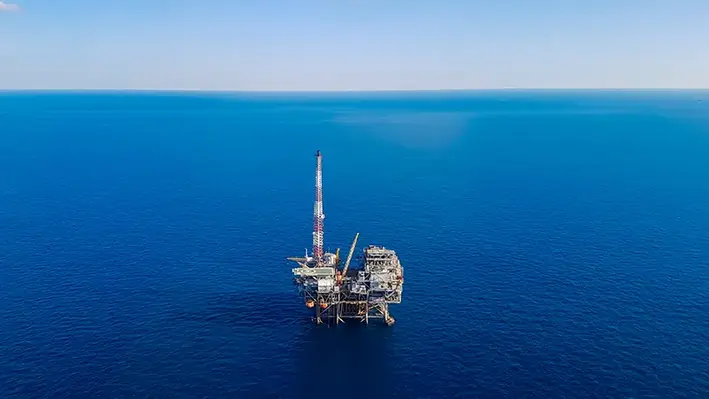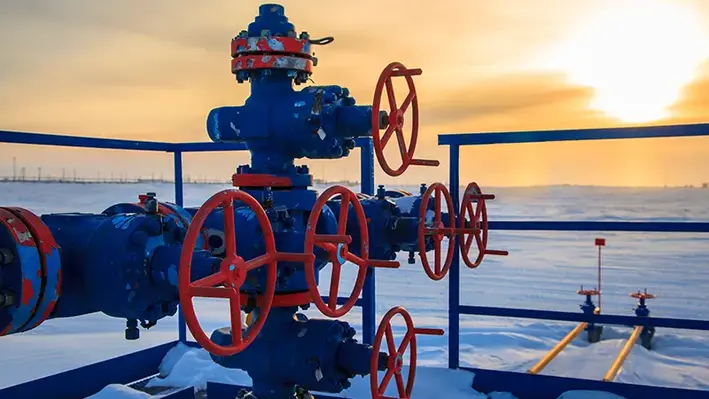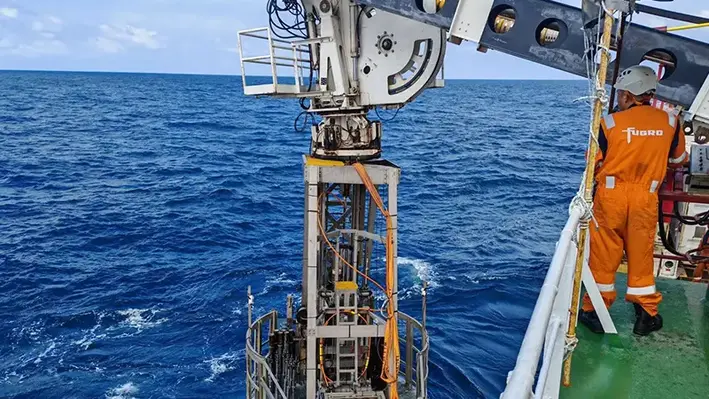
As countries, like Iraq, Oman, Syria, the UAE, and Saudi Arabia ramp up production or restore ageing fields, the demand for specialised operations to maintain, repair, or enhance oil wells is poised for decent growth.
The UAE aims to reach 5 million bpd in crude oil production capacity by 2027, requiring significant upstream development.
For this, ADNOC has partnered with SLB to deploy advanced electric completion technologies across onshore fields, starting with six electric interval control valves in the Bu Hasa field.
These technologies enhance well efficiency and reduce intervention costs, signaling a shift toward smarter, sustainable intervention methods.
Additionally, ADNOC’s US$80bn XRG investment vehicle targets low-carbon and gas projects, which could include interventions to optimise gas wells.
Saudi Aramco’s discovery of 14 new oil and gas fields in the eastern province and Empty Quarter, announced last month, includes fields like Jabu and Ayfan.
Developing these fields will likely require interventions to maximise output, such as acidising or perforations, especially in complex reservoirs.
Moreover, Saudi Arabia’s plan to increase oil production capacity from 2025 to 2027, before stabilising at 12.3 million bpd in 2028, will necessitate interventions to maintain ageing wells and optimise new ones.
Apart from this, OPEC+ plans to increase output by 411,000 bpd next month, which could mean that there will be a pressure to optimise existing wells.
Elsewhere in the Middle East
Oman’s oil production is expected to surge to 775,000 bpd next month.
This demands ongoing maintenance to sustain, particularly in mature fields.
Interventions such as hydraulic fracturing and coiled tubing operations are essential to optimise well performance and extend field life.
Oman’s upstream investments signal a robust market for intervention services as the country seeks to solidify its position in global energy markets.
In Iraq, the Dhi Qar Oil Company’s recent initiative to drill 17 new wells at the Gharraf oil field reflects a push to expand production capacity.
New wells frequently require interventions like well stimulation or plugging to address declining output or mechanical issues, creating a steady pipeline of work for service providers.
In a post-Assad Syria, efforts to revive a battered oil sector are gaining traction, with the new government eyeing Azerbaijan’s expertise to rehabilitate fields in northeastern regions.
While exact numbers are unavailable, various estimates have put Syria's current oil production between 90,000 and 110,000 bpd.
This is a major fall from the 385,000 bpd reported in 2010, which could spell a need for well interventions to restore output.




